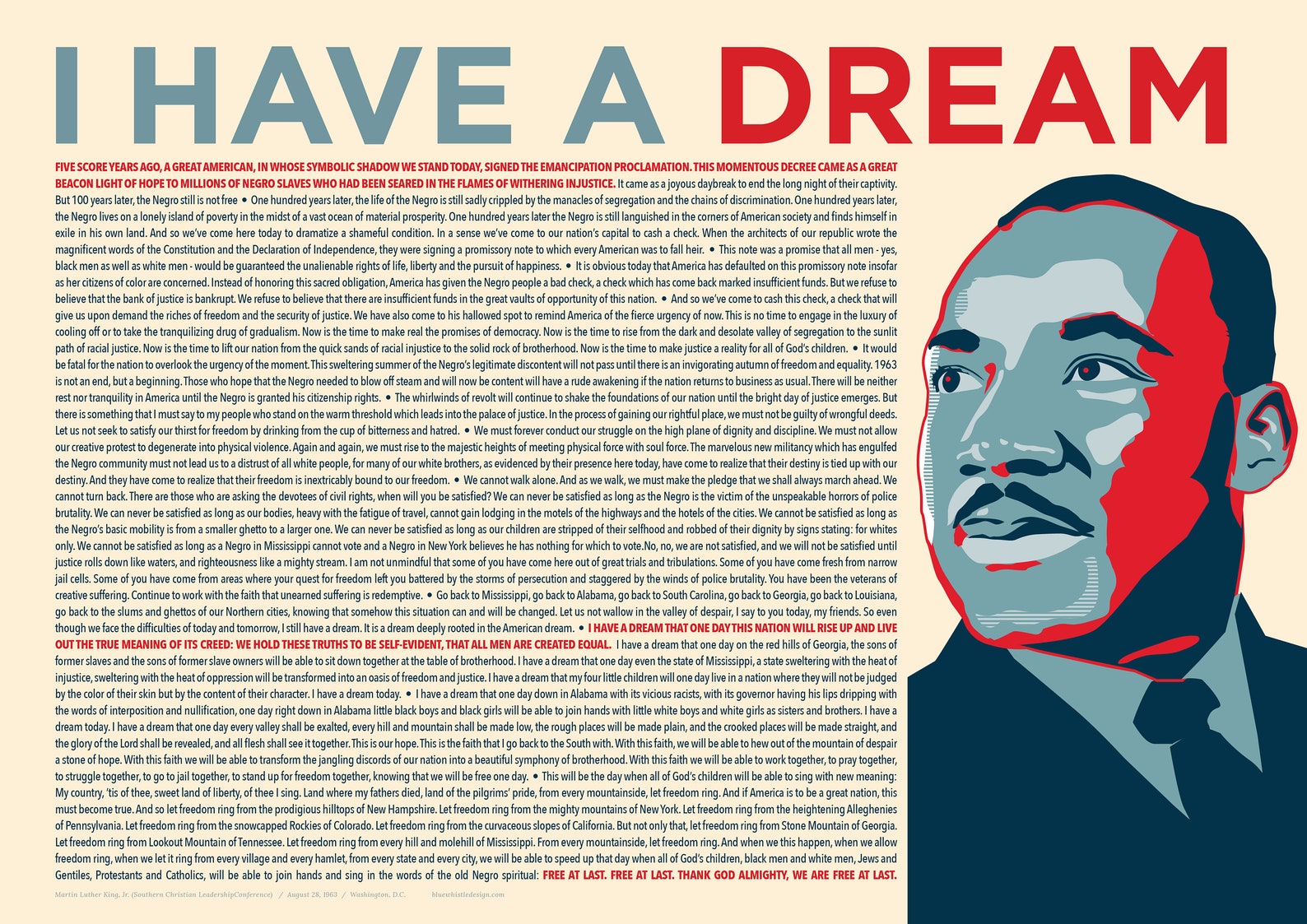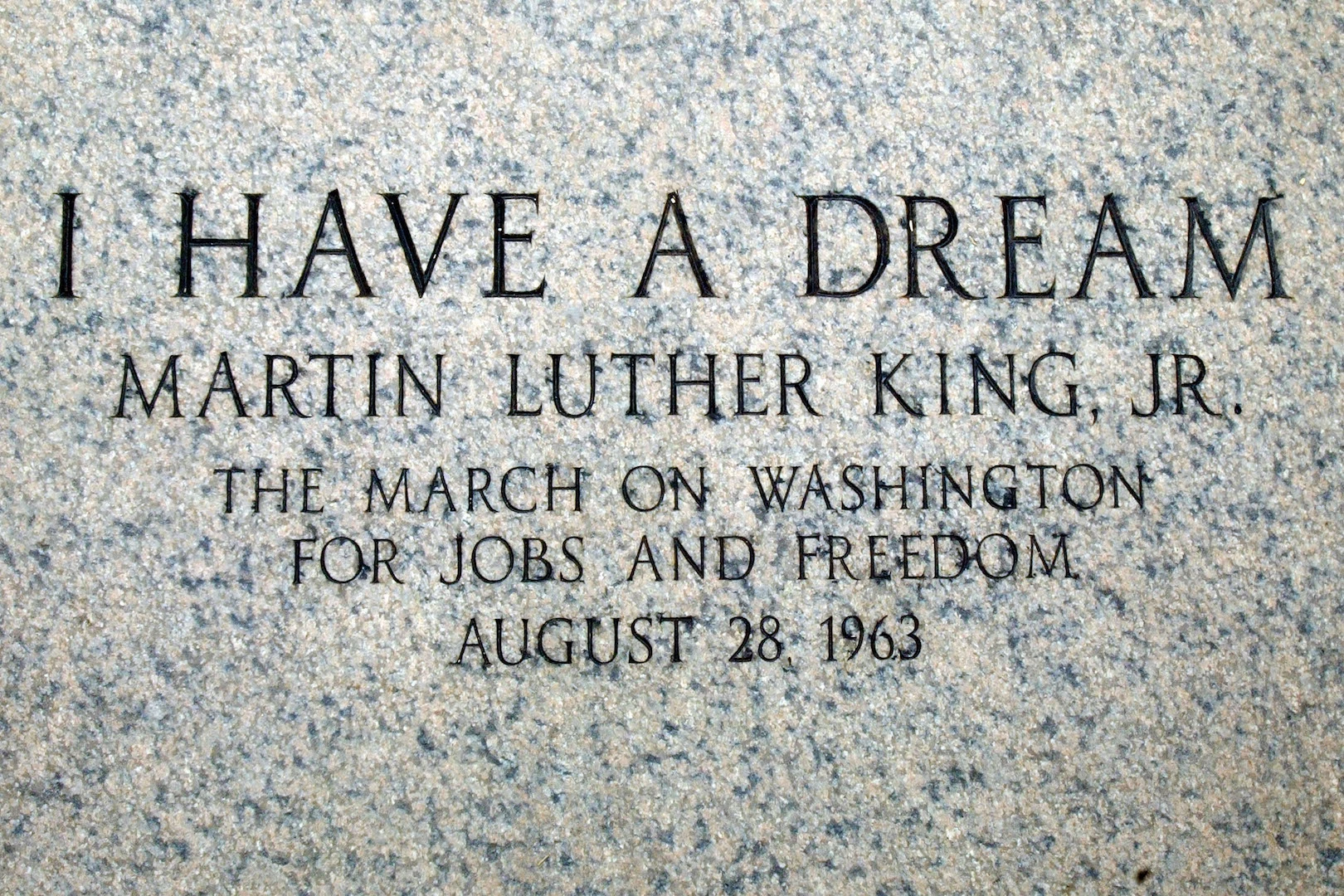

This paper presents a first, key step towards building a theory that supports Illocutionary Structure Parsing for such discourse material, tackling and indeed exploiting the contextual information offered by dialogical information in order to automatically identify the illocutionary forces associated with speaker actions of asserting, challenging, arguing, promising, requesting and so on. 91-108, 2016Īrgument and debate form a particularly demanding area of natural language understanding, and one which has yielded rather poorly to existing techniques for language analysis and modelling. Keywords: Argument mining, argumentative dialogue, illocutionary force, inference anchoring theory Note that since then the corpus size and the annotation scheme have evolved, however, the method presented here is still valid and the project has developed accordingly. It reports on the initial steps of a project on argument mining from dialogue. Note: This paper is the extended version of the paper presented at the 11th International Conference on Computational Models of Natural Argument (CMNA 2013), 14 June 2013, Rome, Italy. Guest editors: Floriana Grasso, Floris Bex and Nancy GreenĪuthors: Budzynska, Katarzyna a b * | Janier, Mathilde c | Reed, Chris b | Saint-Dizier, Patrick cĪffiliations: Institute of Philosophy and Sociology, Polish Academy of Sciences, Warsaw, Poland | Centre of Argument Technologies, University of Dundee, Dundee, Scotland | IRIT-CNRS, Toulouse, FranceĬorresponding author.

Issue title: Computational models of natural argument


 0 kommentar(er)
0 kommentar(er)
